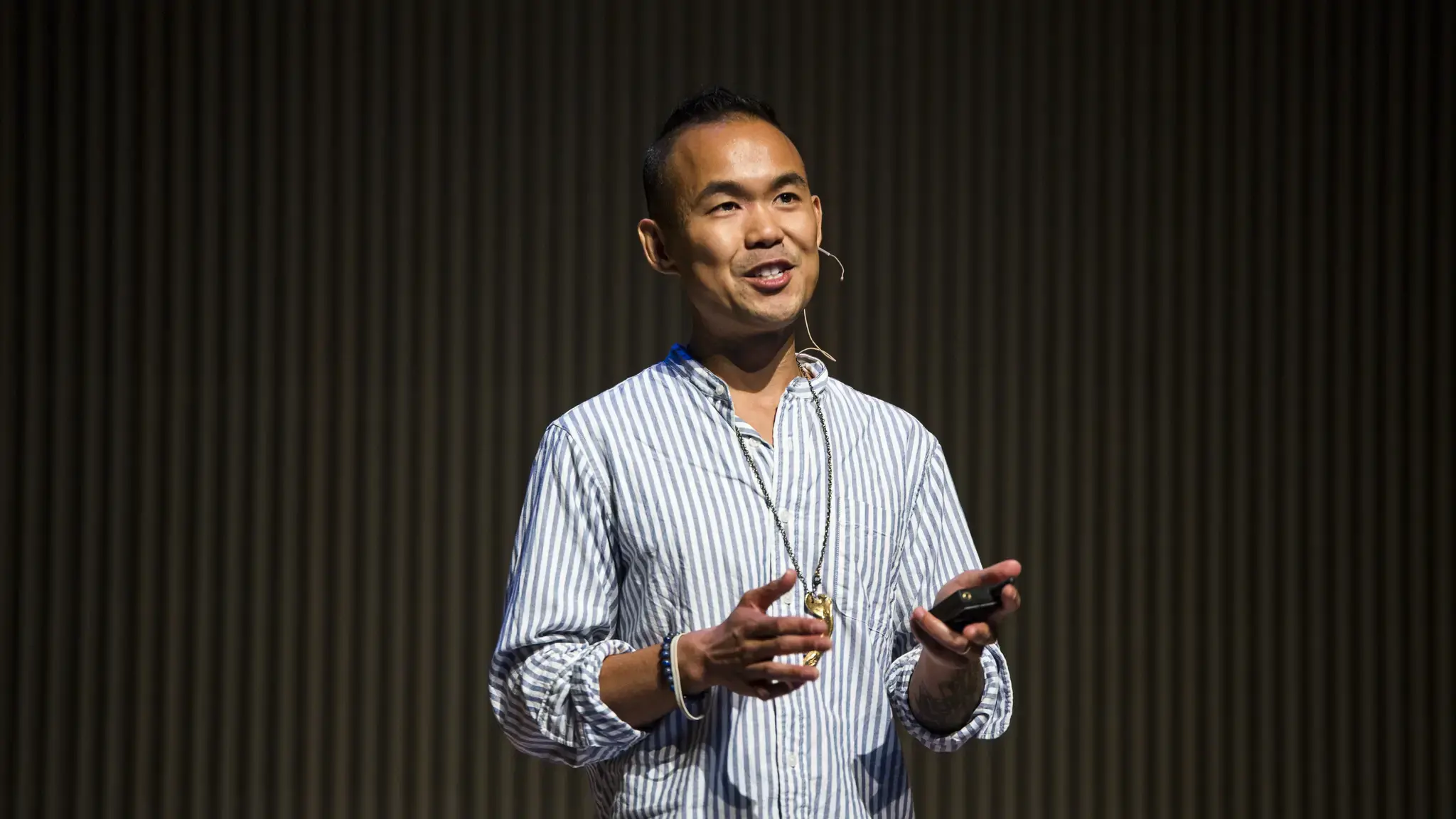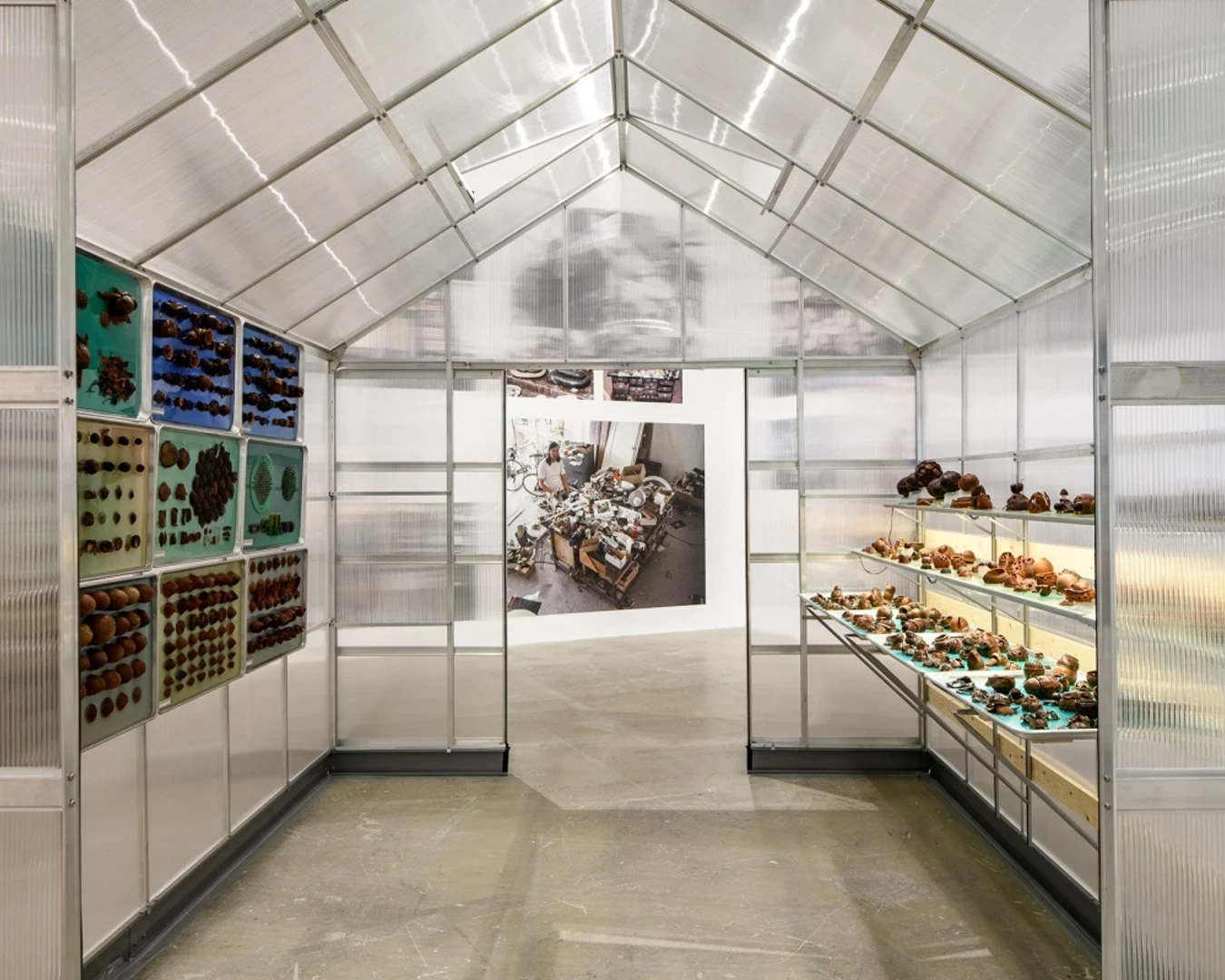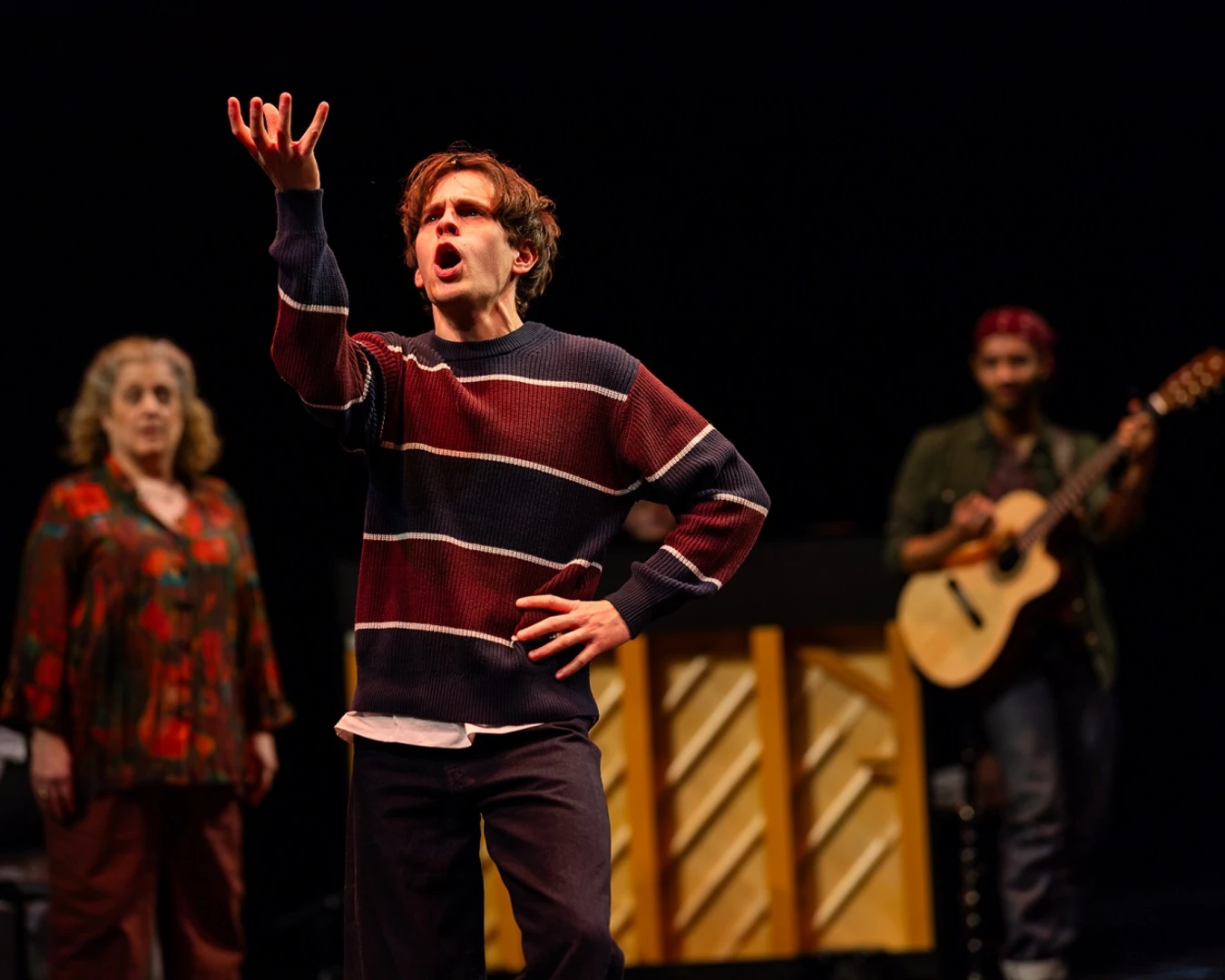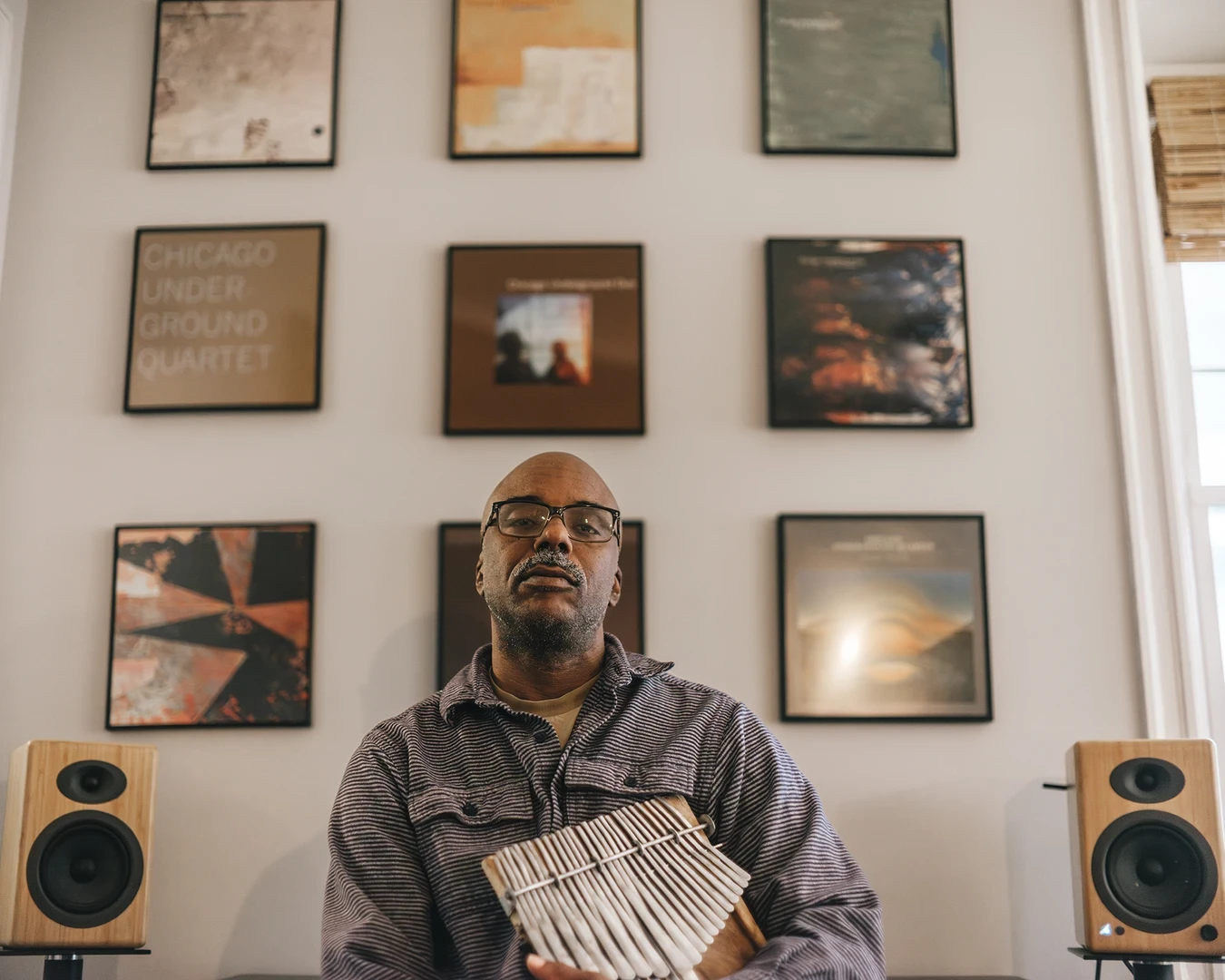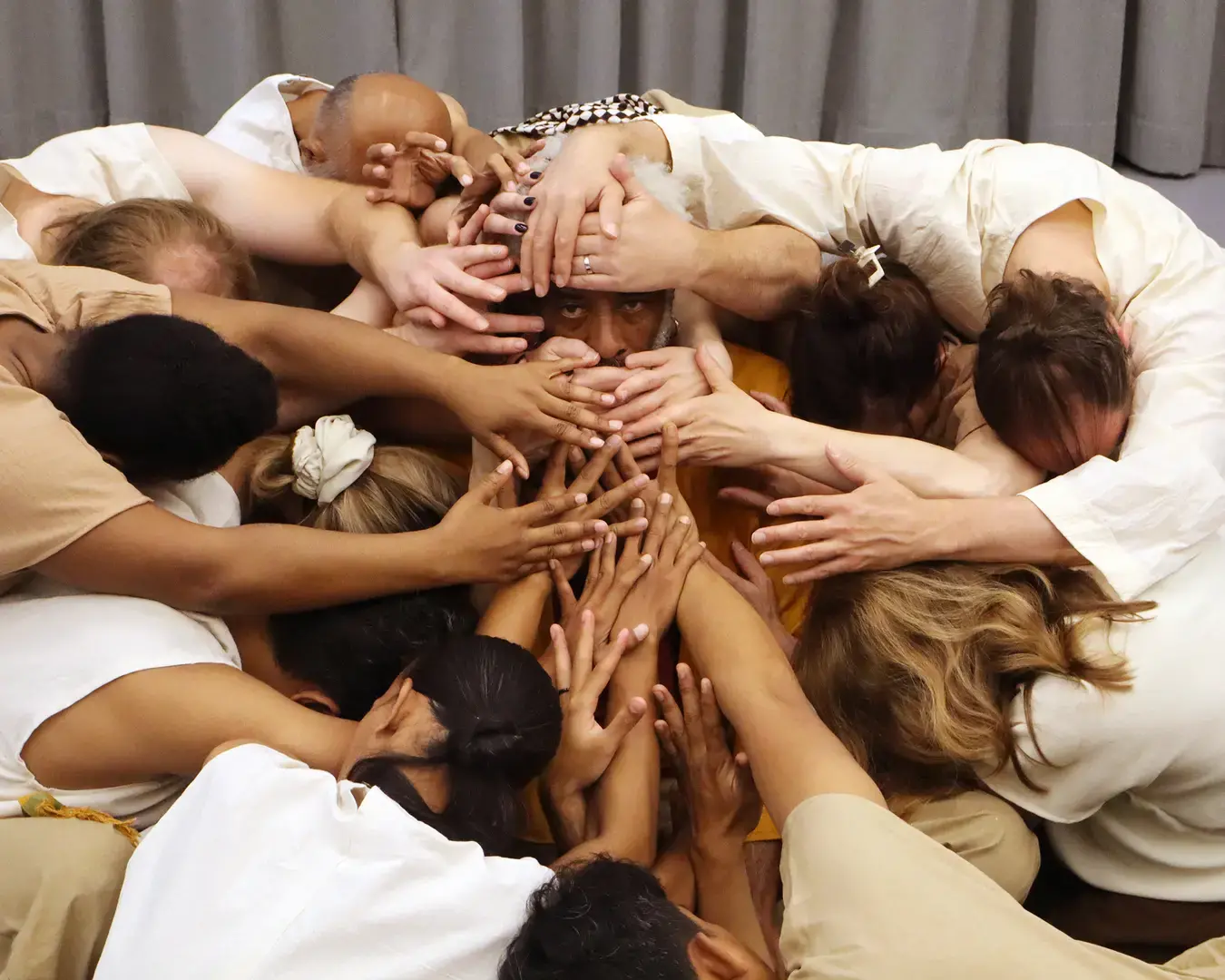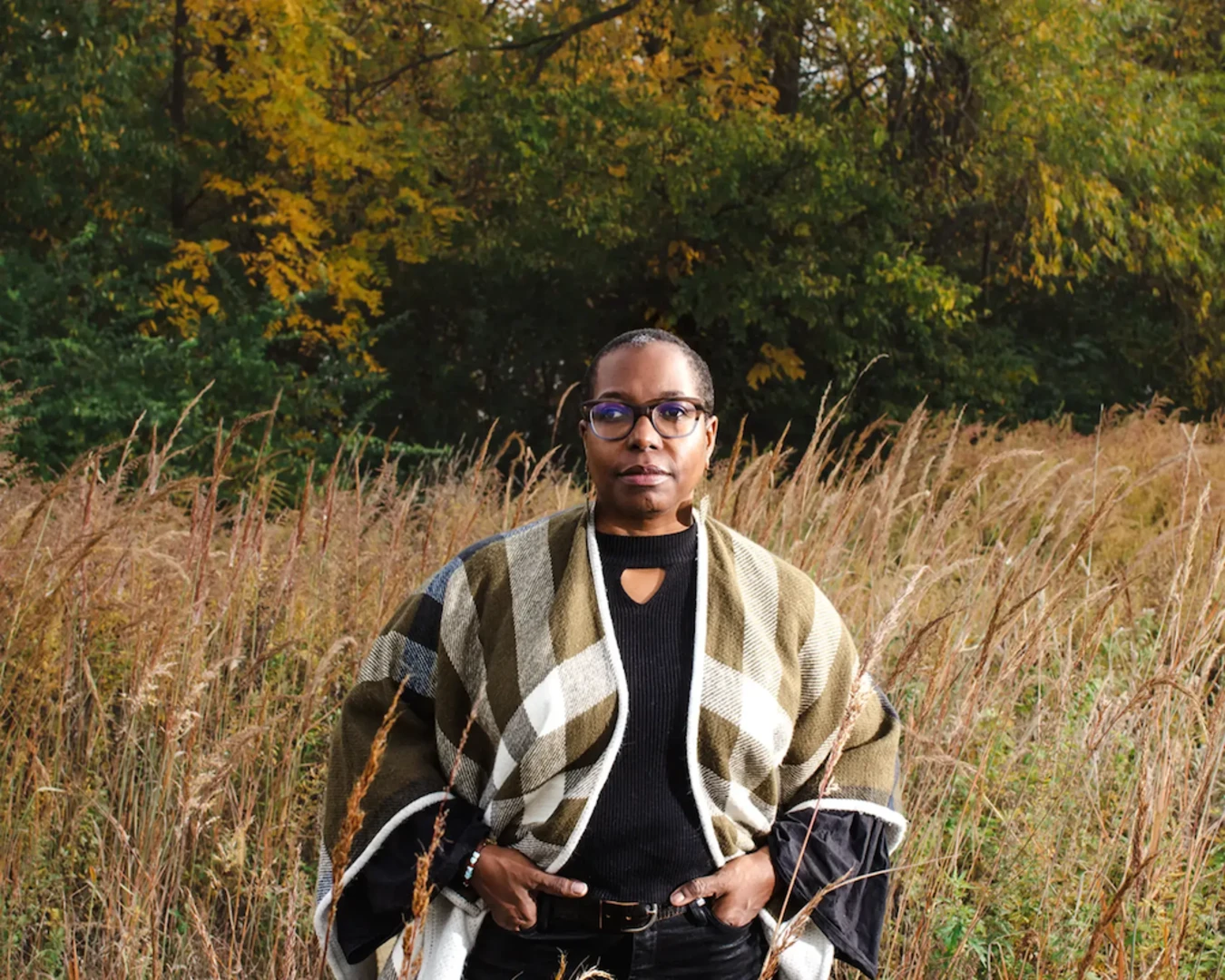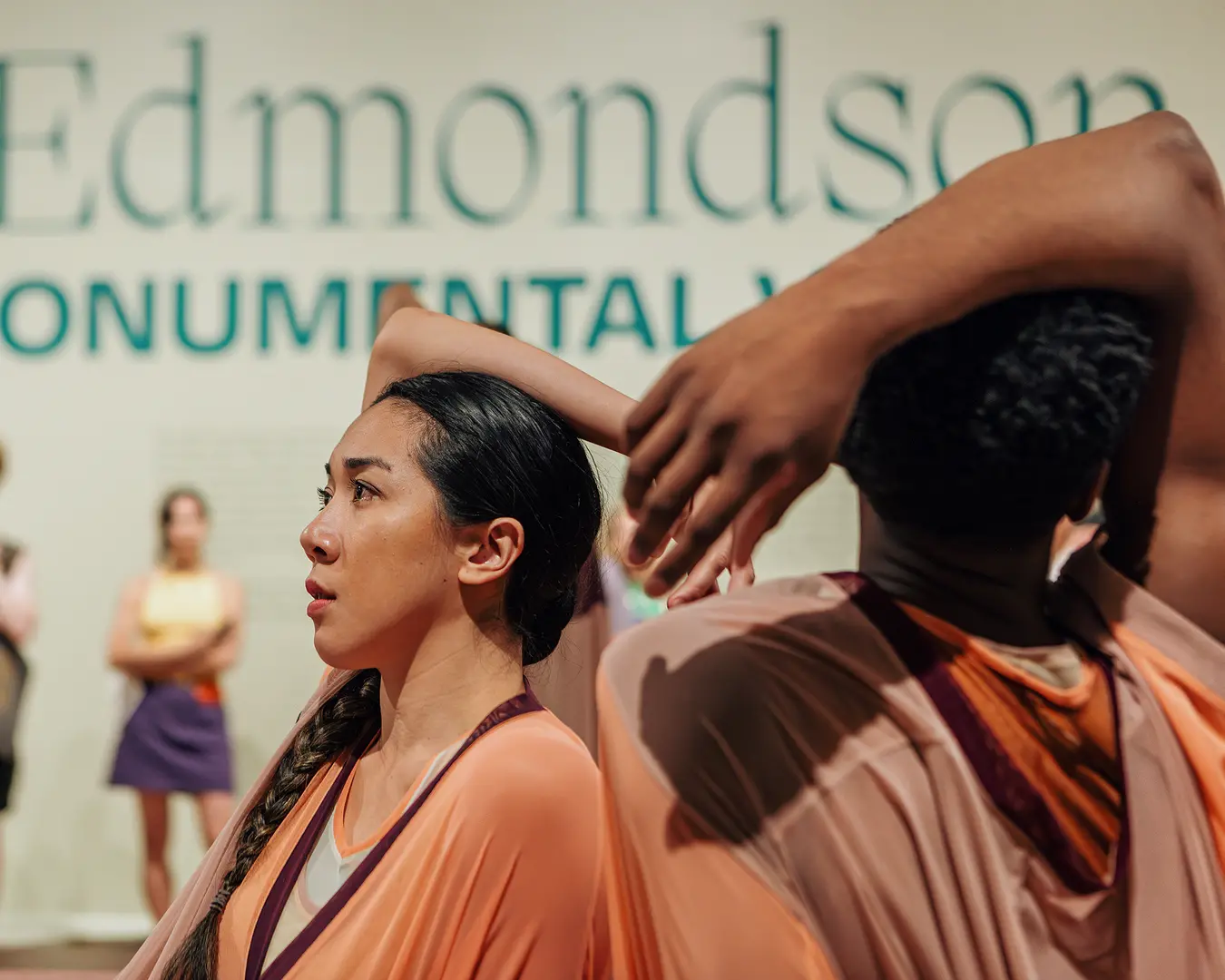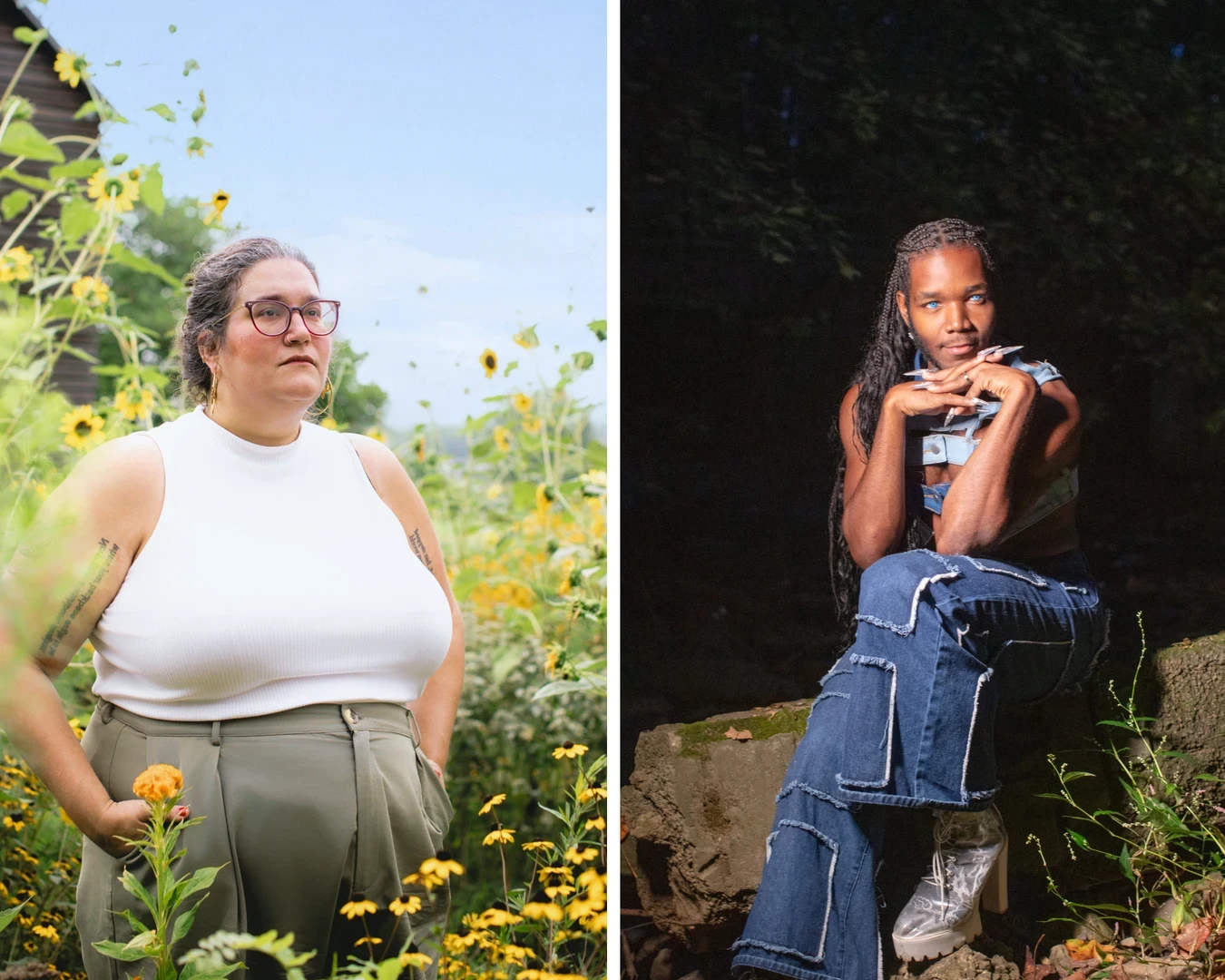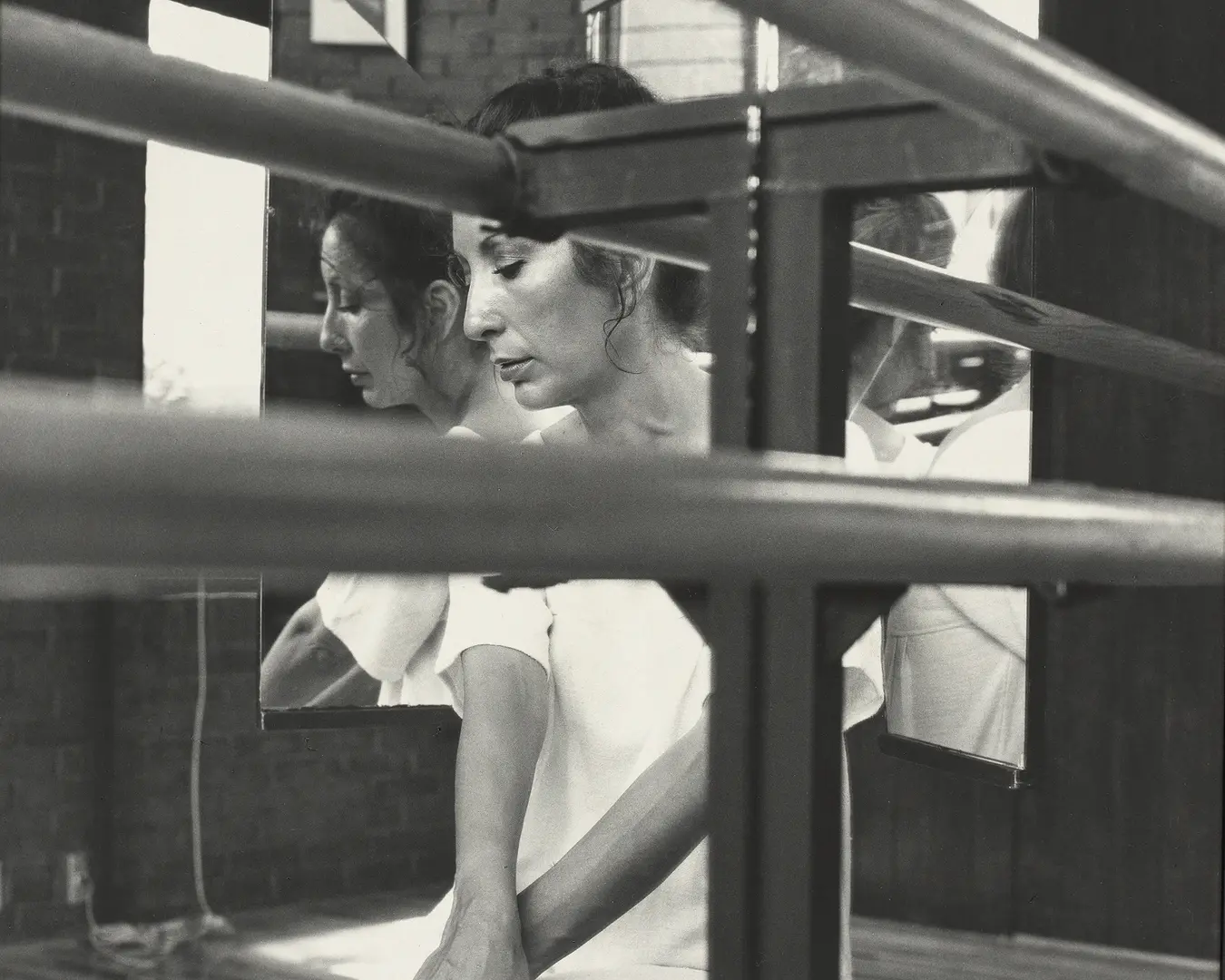Any given digital platform can host a diverse range of communities, sub-communities, and sub-sub-communities. The differences between cohorts can be stark, especially as new technologies push together people who have otherwise been distant from one another in physical space. Even when concealed by avatars and usernames, though, real people comprise those online communities, and those people have the capacity to, through digital technology, forge meaningful new connections with one another.
Adriel Luis, curator of digital and emerging media at the Smithsonian Asian Pacific American Center, considers it part of his job to demonstrate how the digital and non-digital worlds are interconnected, and he shares his approach in these interview excerpts.
Is there more to online engagement than likes and retweets? Luis considers how cultural institutions can use digital technology to listen to and build global communities.
Close Transcript
I think that technology is shifting the ways that we think about global versus local. And in general, what a community looks like. I think that now, communities don't necessarily have to be geographically-based. And instead, people, especially those who spend a lot of their time interacting in these forums or platforms where it's not necessarily people from their neighborhood or their city, they're able to find other avenues of affinity. And so I think that that kind of finding people to connect to is very critical in the work that we do.
There are experiences and stories that aren't necessarily new. It just seems new to a lot of the world because they finally have access to broader audiences. And so I think that's really important. And I think for a place like a museum or any kind of institution, when it comes to community building and when it comes to a word like community engagement, I think a lot of times, they'll mistaken a like, or a retweet, or a repost as engagement. When I see really engagement as an exchange.
And so I think that it's just as important for museums and institutions to use social media platforms, for example, as a mechanism for listening to the audiences, as opposed to just making announcements. And I think that that's one of the main things that I see organizations lacking in is they hop on a platform like Instagram, for example, and so much of the attention is toward, how do we get people to hear what we have to say as an organization?
But I feel like at a certain point, you run out of things to say, unless you're listening. And right now with these platforms, we have this unprecedented access to our existing audiences, as well as potential audiences. And so I find that to actually be a more powerful tool, for technology to be a place for us to listen as opposed to just a place for us to speak.
I think that organizations in the past really had to rely on a lot of assumption or very specific forms of feedback that need to go through a lot of processing, like a pen to paper survey or focus groups and things like that. I don't see online platforms as a replacement for those things, as much as I see them as a way to enhance how we can understand how different people interact with things.
I think, certain kinds of people respond to surveys, for example. And so even omits whatever kind of varied responses you might get from that survey, you're getting it from a particular kind of person. But similarly, whatever we might be able to glean from how a community feels through the internet is also important to remember that that's mostly through people who are engaging online.
And so I think that yes, there's a great advantage to online tools in that we have a lot more to our disposal when it comes to listening to the audience. But I think, at the same time, we should be mindful to not see that as a sole platform for understanding who we're working with.
PermalinkThe word “technology” has a long history and many facets. Luis tracks the evolution of the term and projects its future use.
Close Transcript
Technology is this word that keeps on changing. And I was looking at the etymology of the word technology and the first use of it is from the 1600s. And it actually is defined as a discourse in the arts. So it wasn't until the early 1900s-- I'm sorry-- the late 1800s that technology became associated with machinery. And so now, when we think about technology, it's probably the opposite of discourse and opposite of the arts. It's a very systematic, often automatic or automated mechanical thing void of humanity.
At the same time, I do think that there are a number of concepts when it comes to just human culture that are looking back at what has been enduring from the past. And so I think the ways that we're looking at agriculture, and food, and architecture, for example, and even arts practice people are recognizing that it's not always just a linear forward motion into the future. It also requires hearkening back to things that maybe were left behind, but that continue to be relevant, continue to be helpful and useful for our progress moving forward.
And so, I see 10 years into the future, 15, 20 years into the future, the shedding of our definition of technology necessarily being, like, robot arms and metallic things. And going back to the idea of systems and practices in art that, very much, do require humanity. And once we've out-teched what we consider technology, what we have left is our humanity, hopefully.
And so 10 years, 15 years, 20 years into the future, we will see what has endured. And I think that it is finding a unique way to have discourse. Finding more ways to create exciting art and recognizing how human progress is something that really starts from within.
PermalinkIn his role at the Smithsonian Asian Pacific American Center, Adriel Luis and his team curate Culture Labs, an alternative to museum exhibitions that is built on community-centered beliefs. In 2018, Luis visited the Center to participate in a conversation about the effects of the internet on curating and community engagement with Dr. Suse Anderson, who served as the Center’s 2018–19 Visiting Technologist.
